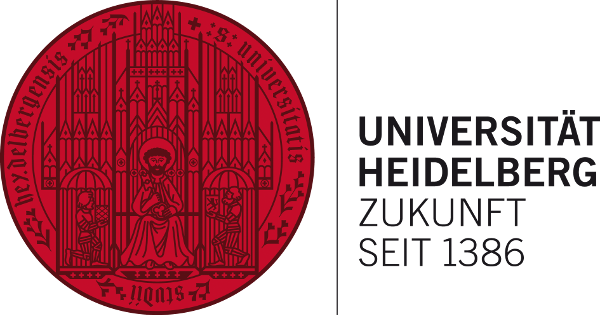Heidelberg University: Nightmare Without End
Supervolcanic eruptions vent vast amounts of magma at the Earth’s surface, cracking the Earth’s crust above the evacuating magma chamber and leaving behind a depression known as a caldera that often fills with water. In the case of the Toba volcano, the caldera lake is about 100 km long, 30 km wide, and up to 500 m deep. “Its size corroborates the horrific destructive power of these types of volcanic eruptions,” explains Prof. Schmitt, who heads the research group for Isotope Geology and Petrology at the Institute of Earth Sciences. “The release of volcanic dust and gases can also change the Earth’s climate, triggering a so-called volcanic winter accompanied by widespread food shortages and mass die-offs.” Volcano research therefore focuses on when and how the massive quantities of magma vented in a supereruption accumulated, and in what form the magma existed before and after an explosion.
To explore these questions, the researchers investigated the minerals feldspar and zircon in lava rock that erupted inside the caldera after the Toba supereruption. Based on radiometric dating with the Heidelberg ion probe, an ultra-high-resolution mass spectrometer, they were able to determine the age of zircon crystals in the rock. According to these and other analyses, the Toba volcano remained active for 5,000 to 13,000 years after its eruption, making it dangerous at least to its immediate environment. Additional measurements indicated that the magma erupted at the surface in a comparatively cold and nearly solid, rock-like state. The researchers report that this phenomenon is often observed in craters of stratovolcanoes, although never at this size. “After the Toba eruption, the solidified carapace of the residual magma was domed up like a turtle shell,” says Axel Schmitt, describing the newly discovered process.
“We have to adjust our understanding of volcanoes in this regard,” stresses Prof. Dr Shanaka de Silva of Oregon State University (USA), recipient of a Humboldt Research Award for internationally leading researchers currently working at Heidelberg University. “To predict a volcanic eruption, we normally attempt to determine if molten rock has accumulated in the subsurface using geophysical methods. Our study shows that volcanoes can also erupt when magma immediately under the volcano has solidified. That means we have to adjust our monitoring and early warning systems for active volcanoes as well as evaluate their risk potential differently.”
In addition to Axel Schmitt of Heidelberg University and Shanaka de Silva, several other researchers from Oregon State University as well as from Curtin University (Australia) and the Geological Agency of Indonesia contributed to the study. The research results were published in the Nature journal “Communications Earth & Environment”. The National Science Foundation, the Geological Society of America, the Australian Research Council, and the German Research Foundation provided the funding for the work, among others.

